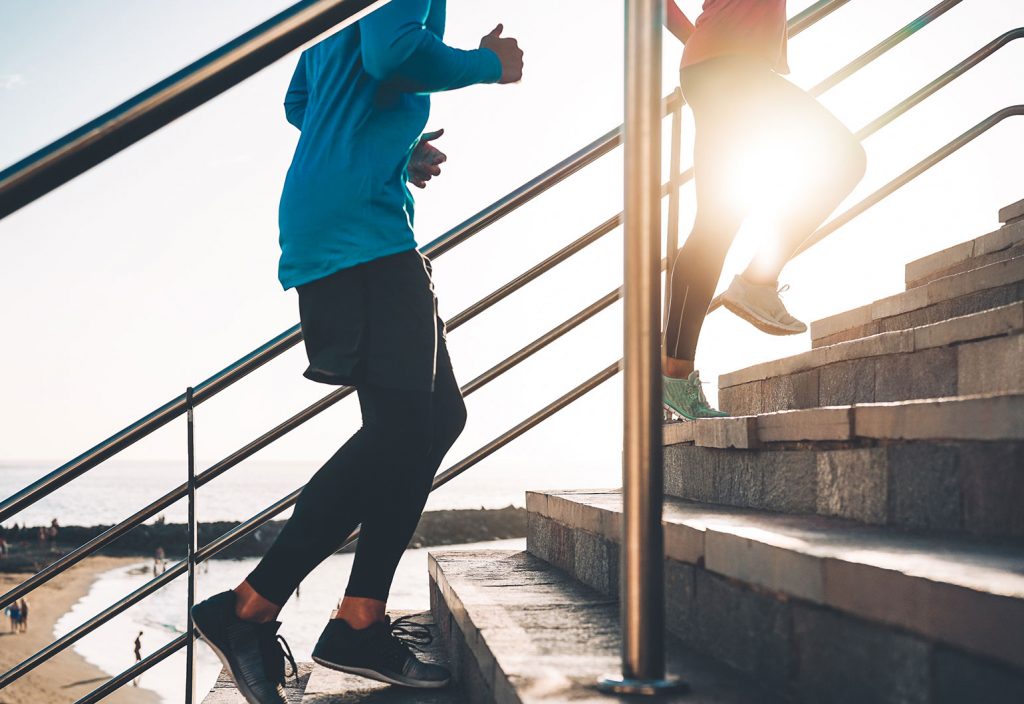Researchers in the emerging field of tactile electronics have found a way to weave sensors into fabric and apply machine learning to movement patterns.
Most people have heard of ‘wearable’ gadgets such as smart watches, but what if the clothes we wear themselves could provide us with data about our sporting performance or posture?
A research group from Massachusetts Institute of Technology’s (MIT) Computer Science and Artificial Intelligence Lab says that their clothes — backed by machine learning — could be used for sports training, injury rehabilitation and even robotics.
The team has shown the clothes can determine whether someone is sitting, walking or doing particular poses. They imagine a scenario where, with patients’ permission, the sensors could help passively monitor the wellbeing of residents in aged care facilities and determine whether someone has fallen asleep or is unconscious.
Yiyue Luo, a Research Assistant at MIT who was the lead author on the project, told create that sensing arrays were woven into the textile like normal clothing.

“The sensing unit was enabled by our functional fibre, which was basically conductive thread coated by a piezoresistive layer,” she said.
“The resistance of this functional layer changes when you apply pressure to it. We first fabricated the functional fibre using a customised setup, then once we have hundreds of metres of this material we incorporate it into textiles via an industrial digital knitting machine.
“It operates automatically if you design the operations computationally by software — so the whole fabrication process doesn’t require a lot of manual work.”
Luo said that it took 10 engineers about a year to develop prototypes. Two researchers were specifically devoted to developing what she calls the “hardware” — the functional fibre and the circuit for the sensing capability.
Sensing challenges
“The digital knitting machine we used has a lot of advantages over other textile manufacturing methods, but it’s also not a very common manufacturing method for functional fibre,” Luo said.
“The machine itself has a lot of requirements on properties such as the thickness of the functional fibre, so the process is definitely more complicated than other textile manufacturing methods like weaving embroidery. We had to optimise the properties of the functional fabric to make it suitable.”
Research in the past has been prohibited by the challenge of developing a mass-production wearable that provides high-accuracy data across a large number of sensors. This is because in manufacturing such a number of sensor arrays, some of them inevitably will not work, and some will work better than others.
“We developed a self-correcting mechanism that uses a self-supervised machine learning algorithm to recognise and adjust when certain sensors in the design are off base,” Luo said.
“The number of sensors vary in the different garments. The full size vest has 1024. The sock has 672 sensors per sock, and the glove also has more than 600.”
Machine learning from the sensors is conducted on open source framework PyTorch, which the researchers used to design their own algorithm.
Fabric of the future
On top of opportunities for rehabilitation and athletic performance, Luo said the future of the technology might well be in robotics, where robots would no longer be “tactilely blind” and could be trained to learn how to do different activities using data from wearable “skins”.
“A robotic system which has a complex shape, such as a curve or joint, has a conformal coverage of it with tactile sensing capability,” she said.
Once the fabric records how humans perform specific tasks, the researchers can ask the robot to learn from this kind of data set.
Luo is also excited about the possibilities for the future of healthcare.
“We might be able to use the technology to detect emergencies in elderly people, or have long-term monitoring for people recovering from surgery or disease,” she said.
